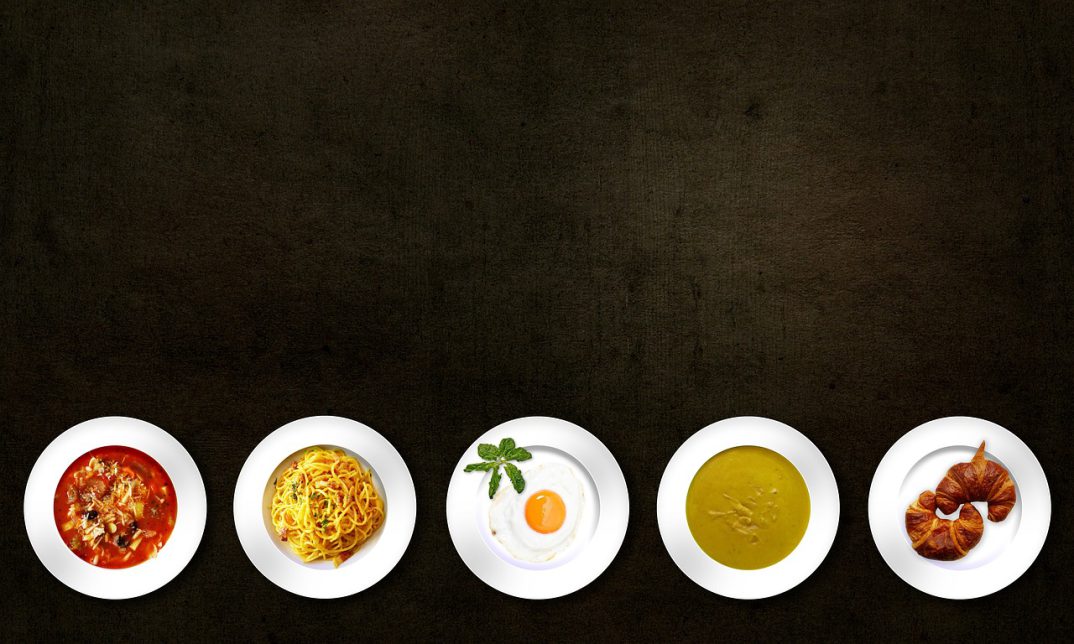
The world of food marketing is constantly changing, when 2025 arrives, the challenges and opportunities that food marketers will have to face will be very different from those they encounter today – with the rise of AI, deep fake technology, and the ever-changing preferences of consumers.
In this section, we will take a look at some of the current trends in food marketing that are shaping the industry.
1. Personalization
Personalization has become one of the key trends in food marketing as consumers are looking for more tailored and personalized experiences.
This means that food marketers need to understand their target audience and their preferences in order to create targeted and effective campaigns.
With the use of data analytics and AI, food marketers can now personalize content, promotions, and products to suit individual consumer needs.
For example, companies like Coca-Cola and Nutella have launched personalized campaigns where customers can create their own customized bottles or jars with their names on it.
2. Social Media Influence
Social media is already the engine of food marketing, and its influence is only growing stronger.
From Instagram to TikTok, social media platforms are a powerful tool for food marketers to reach their target audience and create brand awareness.
In fact, according to Yahoo Finance, research found that consumers are most interested in engaging with influencer content about food and beverages.
This means that food marketers need to have a strong social media presence and partner with influencers to reach potential customers.
3. Sustainable and Ethical Practices
Consumers are becoming more conscious about the impact of their food choices on the environment and society, leading to an increased demand for sustainable and ethical products.
Food marketers need to adapt to this trend by promoting transparent and socially responsible practices in their marketing strategies.
For example, companies like Patagonia Provisions and Ben & Jerry’s have been successful in incorporating sustainability into their brand messaging, which has resonated with consumers.
4. Health and Wellness
The health and wellness trend is significantly reshaping the landscape of food and CPG marketing, as consumers increasingly prioritize products that promote better personal well-being.
Brands are responding by developing and marketing functional foods, beverages, and supplements fortified with vitamins, minerals, and probiotics.
In the competitive CPG market, marketers leverage strategies that emphasize transparency around health benefits and clean labels, appealing to the growing segment of health-conscious consumers.
Companies such as KIND Snacks and Halo Top have successfully aligned their brand messages with healthier lifestyle choices, engaging consumers who are eager for nutritious options that complement their wellness goals.
As a result, health and wellness are expected to continue driving innovation and growth in the food and beverage industry.
5. E-commerce and Direct-to-Consumer Sales
The rise of e-commerce has disrupted traditional retail channels, providing an opportunity for food marketers to reach consumers directly through online platforms.
Direct-to-consumer (DTC) sales have become an increasingly popular strategy for CPG companies, allowing them to bypass intermediaries like supermarkets and sell products directly to customers.
This approach not only allows for more targeted marketing and brand messaging, but it also enables companies to gather valuable consumer data and insights.
As the demand for convenience and online shopping continues to grow, e-commerce is expected to play a significant role in shaping the future of food marketing.
Furthermore, DTC sales allow for more control over the customer experience, from purchasing to delivery, which can lead to stronger brand loyalty and repeat purchases.
6. AI Based Targeting and Personalization
Advancements in technology have also paved the way for AI-based targeting and personalization in food marketing.
With access to vast amounts of consumer data provided by platforms like Tastewise, companies can use AI algorithms to analyze and predict consumer preferences, purchasing behaviors, and even food trends.
This allows for more targeted and personalized marketing strategies that can better resonate with consumers.
Moreover, AI-based tools can also help optimize product development by identifying gaps in the market and providing insights on ingredients or flavors that are gaining popularity.
As AI technology continues to evolve, we can expect to see more sophisticated targeting and personalization techniques being used in food marketing.
Final Thoughts
From influencer partnerships and experiential marketing to e-commerce and AI-based targeting, the food industry is continuously adapting to changing consumer behaviors and preferences.
As technology continues to advance, we can expect to see even more innovative strategies being used by CPG companies in their marketing efforts.
However, it’s essential for companies not to lose sight of the most critical aspect – providing quality products that meet consumer needs and expectations.
By utilizing these various strategies effectively, companies can build strong brands and foster lasting relationships with their customers.
![]()
![]()
This content is brought to you by the FingerLakes1.com Team. Support our mission by visiting www.patreon.com/fl1 or learn how you send us your local content here.





